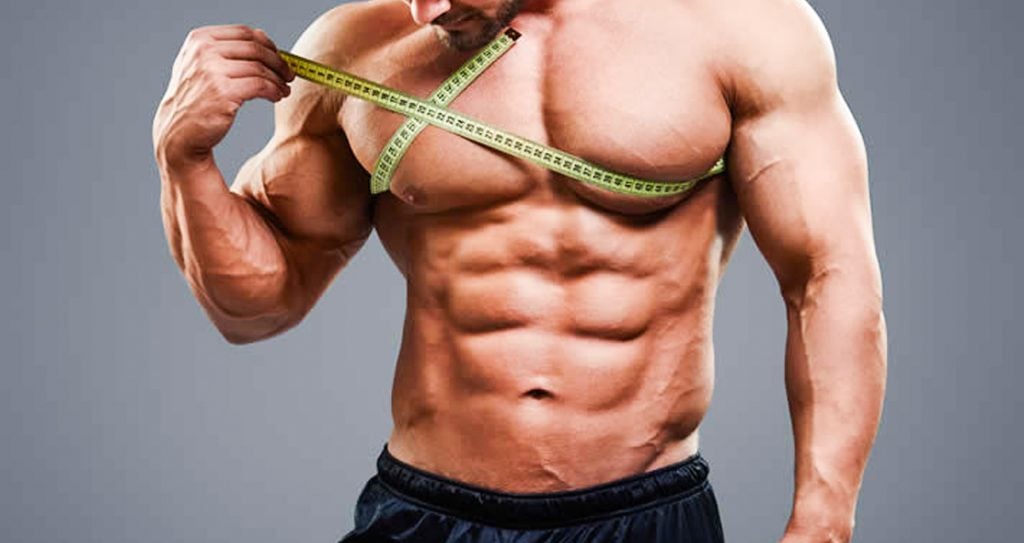Should fighters be cutting so much weight?
Weight cutting is arguably the most unnecessary and unfortunate practice in modern MMA. The motivation behind it is simple: fighters deplete themselves of water and nutrients to compete against lighter opponents. The irony is, weight cutting has become so ubiquitous that fighters must deplete themselves just to compete against another depleted fighter of the same weight.
Weight cutting in MMA is much more severe than in boxing or even wrestling. MMA fighters compete far less frequently than wrestlers, and gain an advantage from size over speed and endurance, unlike boxers. In addition, there are only 8 weight classes in modern MMA, so some fighters cut tremendous amounts of weight. It’s not uncommon for a fighter to cut around 10 percent of his bodyweight in the week leading up to a bout.
Cutting weight must be distinguished from losing weight. Most fighters lose weight naturally from the high intensity of a standard 8-week fight camp. Cutting weight usually occurs in the last 24-48 hours before weigh-ins and usually consists of pure dehydration.
Since fighters cut water not fat, the most muscular athletes usually have the most weight to cut – as muscle holds water.
Unfortunately, definitive research in not out on how dehydration effects organ health, athletic longevity, cardiovascular endurance, or concussion susceptibility, but most will agree that fighters who compete 24 hours after severe depletion are far from full health.
Both fighters and by the UFC have recently taken measures to resolve this unfortunate issue.
Many fighters have elected to simply move up in weight, accepting the trade-off that comes from fighting larger opponents in a less depleted state. UFC Middleweight champion Robert Whittaker is perhaps the most remarkable of those who have made the jump. However, the advantage of a smaller cut is most pronounced at championship level 5-round fights, where endurance is a more significant factor. There really has been no statistical correlation between increased success and jumping weight classes.
Last year the UFC changed the weigh-in time from afternoon to early morning on the day before the fight. The idea was that fighters lose most weight overnight, so having earlier weigh-ins would mean fighters spend less time just sitting around in a depleted state. Despite this system’s popularity among fighters, the UFC has witnessed a noticeable increase in fighters missing weight since its adoption, and UFC President Dana White has vowed to revert to the old system.
Another proposed solution is to change the arrangement of weight classes. Currently the order is: 125, 135, 145, 155, 170, 185, 205, 265. The obvious outliers are 170 and 205, which force many fighters who could fit into a 165 or 195 class to cut down an extra ten pounds, and indeed 155 and 185 classes host an inordinate amount of weight-missers. But changing weight classes is not a serious solution. For every fighter that sees the new class as an opportunity to move up and cut less, another will see it as an opportunity to move down and cut more.
Weight cutting is also a surprisingly American phenomenon. Historically it has been most prevalent in wrestling, and Americans who come from folkstyle often cut substantially more than their Eastern Block, Russian, and Middle Eastern competition.
Interestingly, Asian MMA promotion One Championship has now seemingly solved the problem. After a fighter’s death due to weight cutting in 2015, they overhauled their system.
One Championship now tests the specific gravity of their fighters’ urine, which means they measure the density of solutes. Fewer solutes mean more hydration. They compare this hydration reading with the fighter’s weight to get a metric, which must remain steady throughout fight week, including event day.
However, One Championship is free from one complication the UFC faces: state commission regulation. Bureaucratic rules are notoriously hard to reform, and as of now weight is regulated by various state athletic commissions. Still, this theoretically would not prevent the UFC from adding additional measures of its own.
One very simple – maybe too simple – solution would be pre-contest weigh-ins. If fighters weighed in right before stepping in the cage, they would not sacrifice hydration for weight. However, this presents obvious logistical risks for the UFC- what if a fighter misses weight right before a scheduled bout? It could wreck an event.
In any case, the weight issue is unlikely to be resolved quickly in an entrenched and massive organization like the UFC. But for the sake of the fighters, we can only hope that some sort of progress manifests soon.
For more news and updates, follow Generation Iron on Facebook, Twitter, and Instagram.








